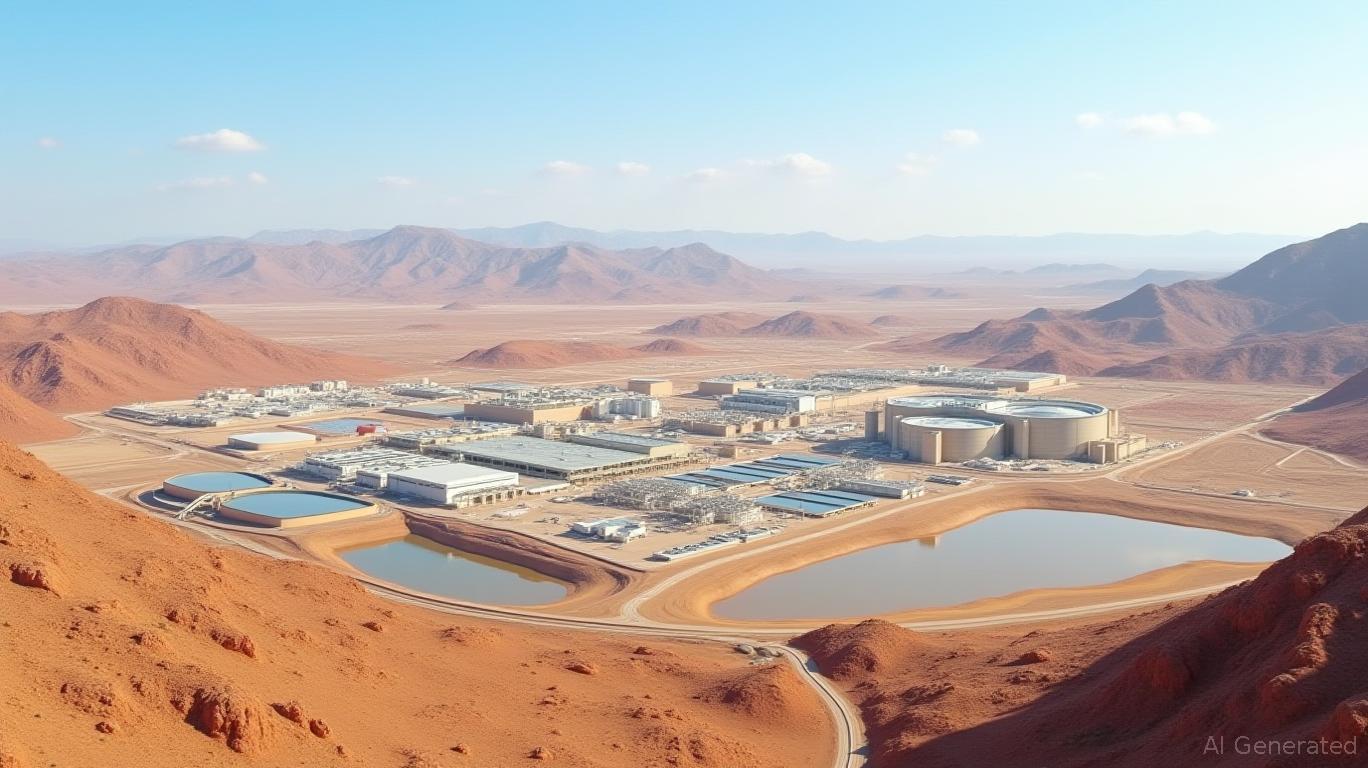Global Water Resources: A Dividend Dynamo in a Thirsty World
Water is life—and in an era of climate volatility and growing urbanization, control of this resource has never been more critical. Global Water Resources (NASDAQ: GWRS), a utility company serving Arizona's Sun Corridor, is positioning itself as a dividend stalwart in this high-stakes arena. Let's dissect its financial health and payout sustainability to determine if this stock deserves a place in your portfolio.
The Dividend: A Steady Stream in Unsteady Times
GWRS has raised its dividend annually for over a decade, a rare feat in today's volatile markets. In 2024, it increased the payout to an annualized $0.30396 per share, marking a 3% rise from 2023. This consistency is impressive, but sustainability hinges on two factors: cash flow stability and payout ratio discipline.
Payout Ratio Analysis: A Tightrope Walk?
The payout ratio—the percentage of earnings paid out as dividends—is a key metric. In 2024, GWRS reported net income of $5.8 million ($0.24 per share) but an adjusted net income of $6.3 million after excluding non-recurring items like 2023's $2.8M unregulated revenue spike. Using the adjusted figure, the payout ratio falls to ~92%—still elevated but manageable given the company's regulated business model.
But here's the catch: GWRS is reinvesting heavily in infrastructure. Capital expenditures hit $32.3 million in 2024, up 45% year-over-year, to expand service areas and modernize systems. This spending creates a temporary drag on free cash flow (see below), but it's a strategic move to future-proof revenue.

Free Cash Flow: The Lifeline for Dividends
Free cash flow (FCF)—cash from operations minus capital expenditures—determines a company's ability to sustain dividends. In 2024, GWRS generated $21.8M in operating cash flow but spent $32.3M on CapEx, resulting in negative FCF of -$10.5M. At first glance, this looks alarming. However, two factors mitigate concerns:
- Regulated Rate Adjustments: A pending GW-Farmers rate case settlement could add $1.1M in annual revenue, with further applications filed for two other utilities. These approvals, expected by 2026, will boost cash flow.
- Asset Acquisitions: The Tucson Water acquisition (adding 2,200 connections) and ongoing infrastructure projects will expand revenue streams, offsetting current FCF headwinds.
Debt Levels: A Necessary Trade-Off
GWRS' long-term debt rose to $118.5M in 2024 from $101.3M in 2023, primarily due to new senior secured notes. While this increases interest expenses (up 24% to $6.1M), the company's adjusted EBITDA grew 5.2% to $26.7M, providing a robust cushion for debt service. Its debt-to-EBITDA ratio remains healthy at ~4.4x, well below distress thresholds for utilities.
Why This Dividend Will Survive—and Thrive
- Regulatory Tailwinds: As a regulated monopoly, GWRS enjoys stable revenue from fixed-rate contracts. Rate cases, once approved, ensure predictable income growth.
- Geographic Expansion: The Tucson acquisition and ongoing infrastructure investments are securing 4.4% annual growth in service connections, a key driver of recurring revenue.
- Resilient Dividend History: Despite 2024's net income dip, GWRS has never cut its dividend since its 2007 IPO. Management prioritizes shareholder returns while reinvesting for long-term gains.
Risks to Monitor
- Regulatory Delays: If rate-case approvals are postponed, cash flow could tighten.
- Climate Uncertainty: Droughts or regulatory changes could strain water demand and pricing.
The Bottom Line: A Dividend Buy for 2025
GWRS is a buy for investors seeking reliable income in a water-scarce world. Its regulated model, strategic infrastructure bets, and pending rate hikes position it to sustain—and grow—its dividend.
Act Now: With shares trading at 16.8x 2024 adjusted earnings, this is a rare chance to buy a dividend champion at a discount. The payout ratio is tight, but the long-term thesis is clear: water scarcity is here to stay, and GWRS is the utility to own.
Investors who ignore this opportunity may find themselves parched when the next drought hits.

Comments
No comments yet